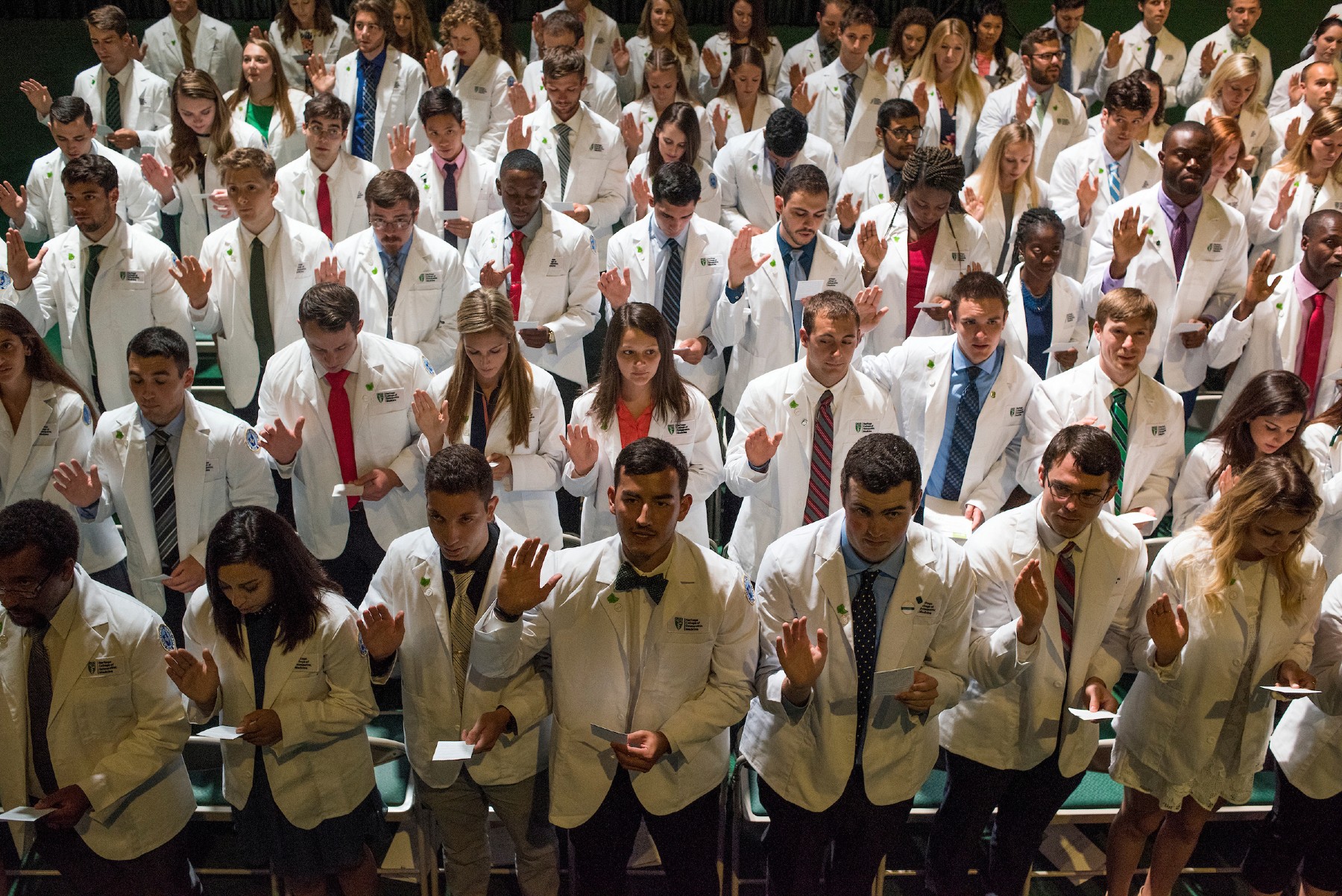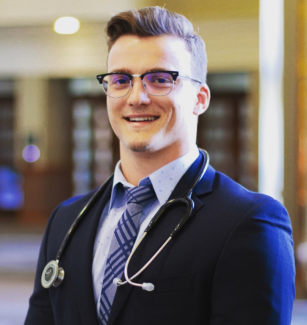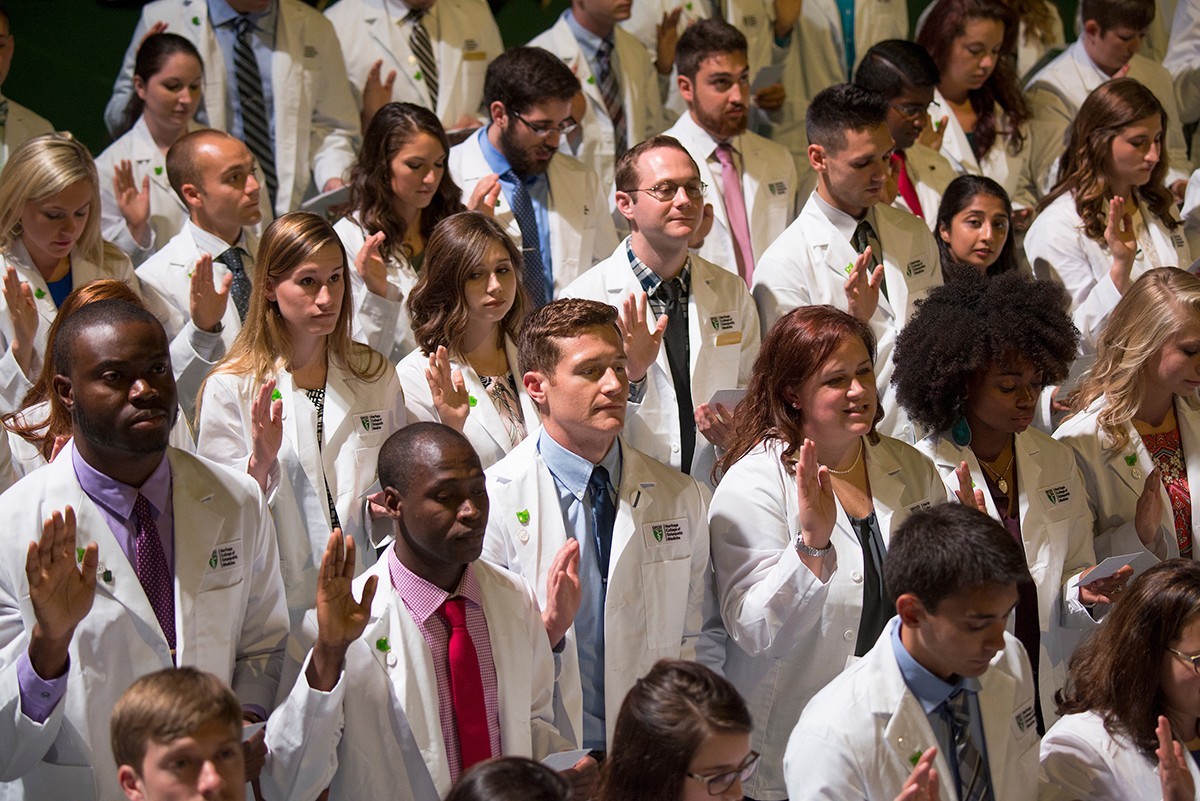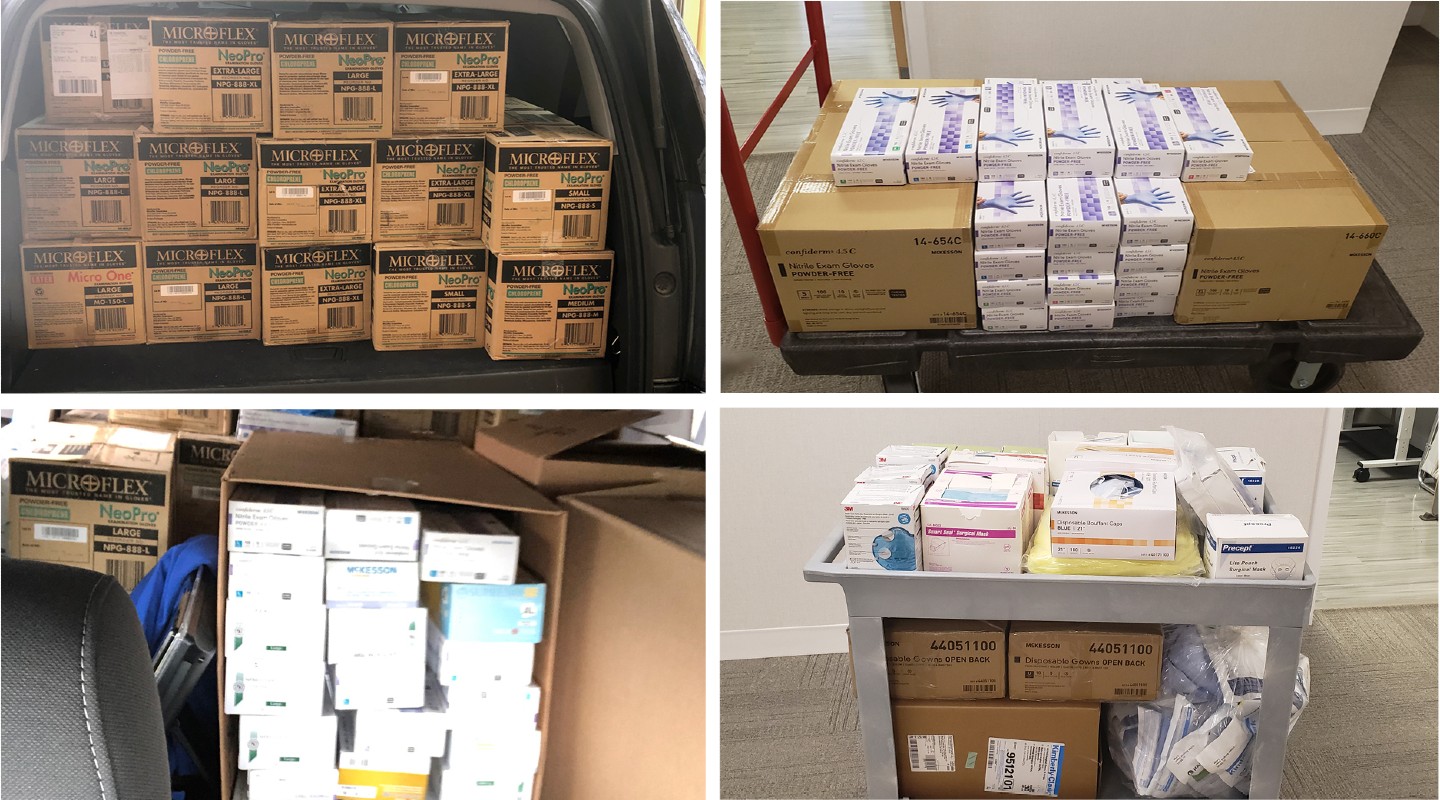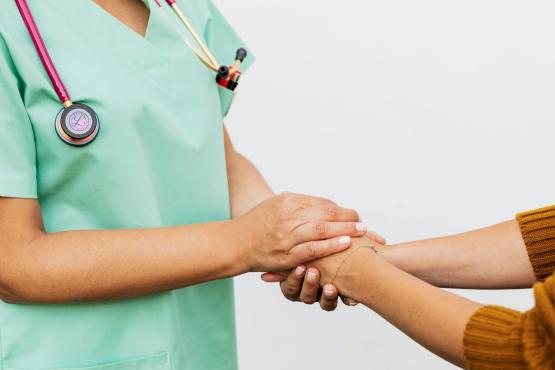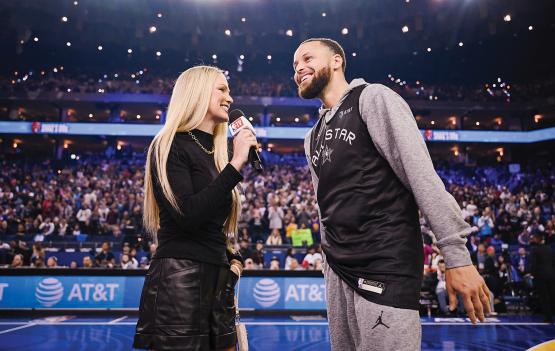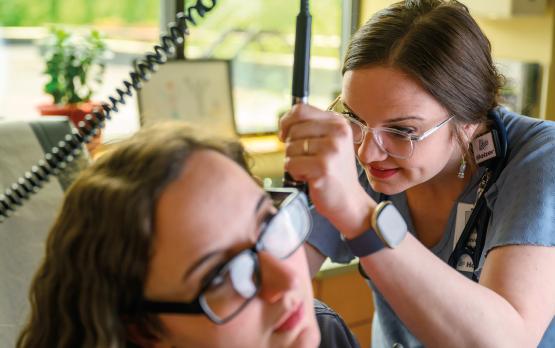While all volunteers work remotely, Leite believes that the opportunities “introduce students in a very hands-on way to epidemiology. For students, helping with contact tracing, making phone calls and recording data gives them a hands-on sense of how the virus spreads. For students helping with patient navigation and answering help lines, that gives them a better understanding of how to engage and communicate with those who may be confused or scared.” Because of the state government’s proactive response to the crisis, not all volunteers were needed initially. Yet as the disease continues to progress and morph, Hodges believes that the volunteer opportunity will shift into a long-term proposition that may last up to 18 months.
Whatever the future brings, Hodges is confident that OHIO will continue to be a steadfast leader in sharing its people, resources, and expertise.
“We’ve been able to make a difference with volunteers, with education, with data analysis, and with PPE,” says Hodges, referring to the Heritage College’s donation of approximately 30,000 gloves, 1,000 masks, and additional supplies to alleviate PPE shortages in Ohio’s hospitals. “The fact that our students have been able to be part of real-life crisis response and make vital contributions has resulted in great career and educational opportunities.”
Feature photo by Photo by Ty Wright, BFA ’02, MA ’13


